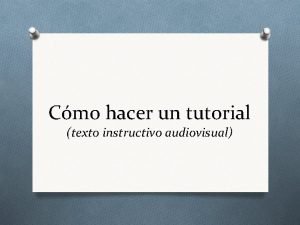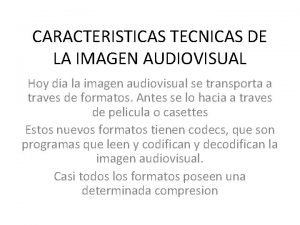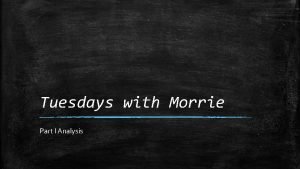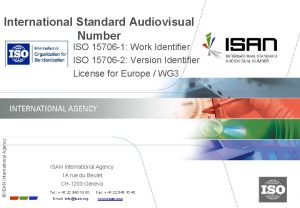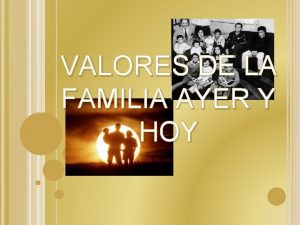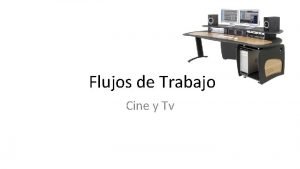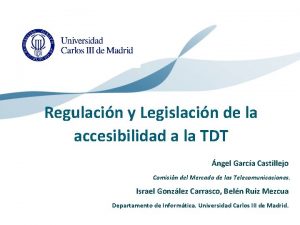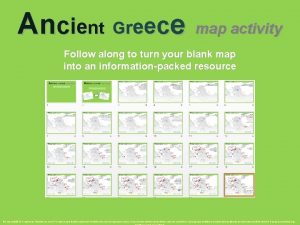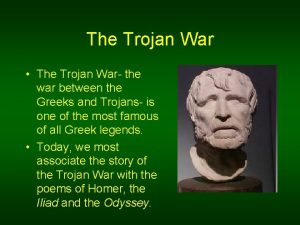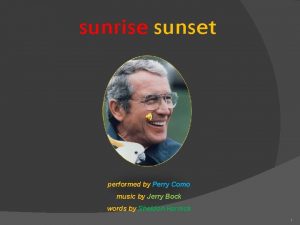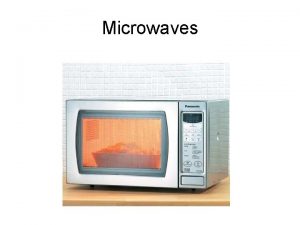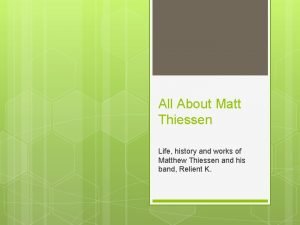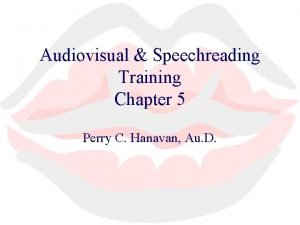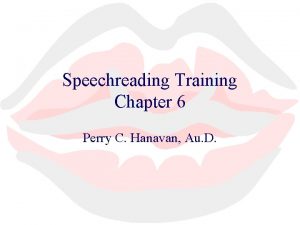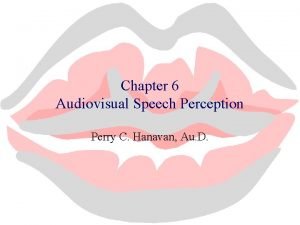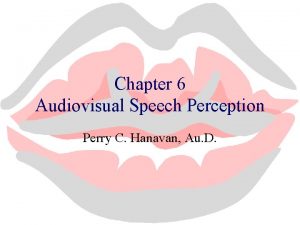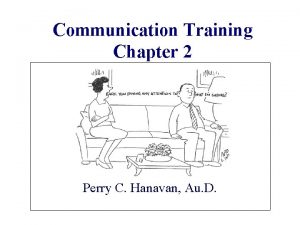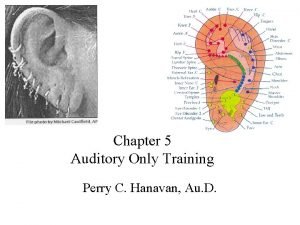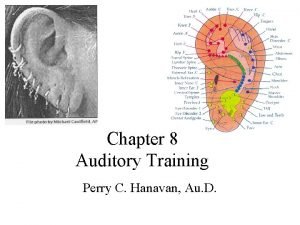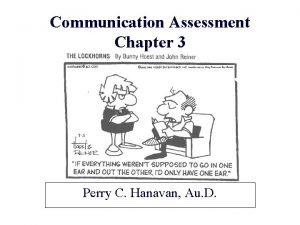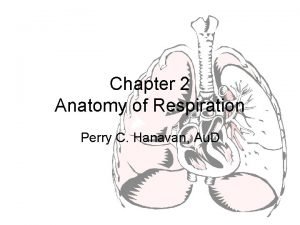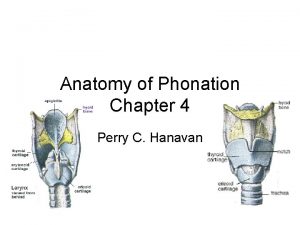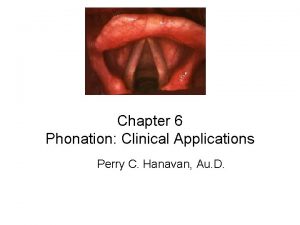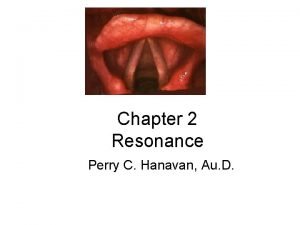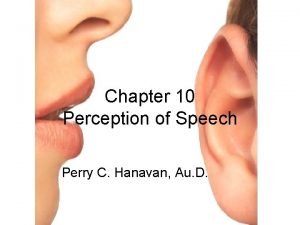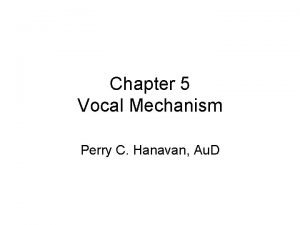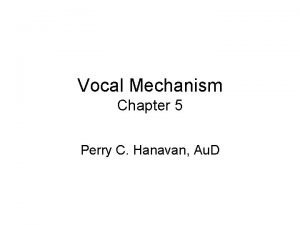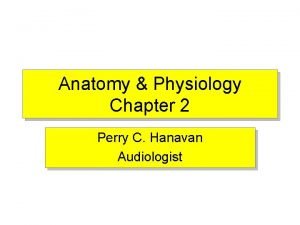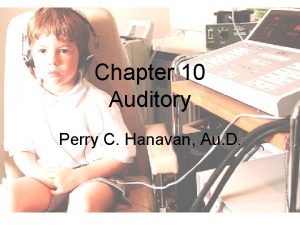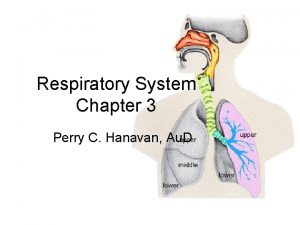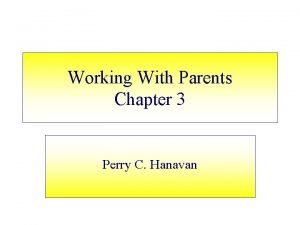Audiovisual Speechreading Training Chapter 5 Perry C Hanavan











































- Slides: 43

Audiovisual & Speechreading Training Chapter 5 Perry C. Hanavan, Au. D.

Lip Movements “…it is important to realize that we move our articulators to produce acoustically distinct sounds and NOT visually contrastive movements. ” – Mark Ross

Speechreading Factoid Campbell et al, (1981) surveyed the literature and found 38 -58% of individuals with HL have accompanying visual deficiencies Johnson et al (1981) found 65% entering NTID demonstrated defective vision Vision loss may be greater among individuals with HL Individuals with HL need vision evaluation***


Auditory plus Vision When BOTH auditory and visual information is available, individuals with hearing loss tend to do better on communication tasks Example (Auditory plus Vision): – Speech Recognition Score = 50% – Speechreading Score = 20% – Combined Visual/Auditory Score = 90%

WIPI Word Intelligibility by Picture Identification (WIPI) closed-set picture-pointing (six pictures per plate) appropriate for children whose language is between 5 and 10 -11 comprised of four 25 monosyllabic word lists contains 26 color plates (one for practice), six pictures per page. (A, V, AV)


Larsen Recorded Test Auditory word discrimination test Pairs of phonemes in words – few vs. chew – bill vs. mill – nice vs. vice Lists represent an attempt to present the phone in the initial, medial and final position of a word Limited choice—select one of two words by drawing line through printed word heard


Test of Child Speechreading Child friendly Computer based Sentence and word recognition http: //www. isca-speech. org/archive_open/avsp 09/papers/av 09_028. pdf

CAVET Children’s Audiovisual Enhancement Test Assesses speechreading enhancement in children within the vocabulary level of 7 -9 year olds with profound prelingual hearing loss Designed to minimize ceiling and floor effects, eliminate syntactic factors, and minimize semantic factors 3 lists of 20 words each with half of words easy to recognize in a vision-only condition and half are less likely to be recognized in each list but presented in random order Each list is designated for auditory alone, visual alone, or auditory-visual only mode Test available in CD-ROM and VHS format – (Tye-Murray & Geers, 2002)

Auditory Plus Vision Tye-Murray – CAVET (children) – Audition plus vision – Vision only – Audition alone Eber – Sent-Ident

Ling-6 Phoneme level detection and recognition test m, s, sh, e, a, u Procedure Detection and identification of phonemes

Craig Lipreading Test

Denver Quick Test

9: 00 am Appointment The waiting room is filled with several individuals to evaluate. Which patient will benefit from speechreading training? – Recent cochlear implant patient – Recent new user of digital hearing aid who has had hearing loss for fifty years – Three year-old child with profound loss – Patient with recent sudden onset hearing loss

Traditional Lipreading Methods Four lipreading methods were introduced into the U. S. : Mueller-Walle introduced by Bruhn Nitchie introduced by Nitchie Kinzie introduced by Kinzie Jena introduced by Bunger

Speechreading Factoid Three of the lipreading methods introduced into the U. S. were implemented by individuals with normal hearing until adulthood, at which time they acquired a significant hearing loss, and sought assistance. They developed methods that bear their names: Bruhn, Kinzie, and Nitchie. Bunger later wrote about the Jena method.

Analytic & Synthetic Analytic approach (bottom-up) – perceive each of the basic parts before the whole can be identified • Syllable considered to be the basic unit • Bruhn & Jena methods Synthetic approach (top-down) – Perception of the whole is paramount to perception of the basic parts • Sentence considered to be the basic unit • Nitchie and Kinzie methods

Mueller-Walle Method Originated in Germany Martha Emma Bruhn studied lipreading with Julius Mueller-Walle in Hamburg, Germany and introduced method in US Hallmark: rapid syllable drill – emphasis on quickly identifying position and movement of speech sounds produced – rapid syllable rhythmic drills: she-ma-flea and she-may -free – practiced recognizing homophenous words using sentence cues to distinguish meaning – lessons based on sound movement or group movements

Nitchie Method Edward Nitchie became deaf during adolescence Eventually established his own school for the deaf in NY Initially developed an analytic approach, altering the approach to a synthetic approach (credited with developing synthetic approach to speechreading) Speechreader studies articulatory movements by viewing meaningful monosyllabic words to develop eye training Advocated use of sentences and stories to train mind to comprehend the general meaning connected discourse Mirror training

Kinzie Method Cora acquired HL while medical student in PA Studied with Bruhn and then Nitchie combining best methods from both approaches Unique feature: graded lessons for children and adults with sentences as basis of instruction They recommended all sentences be “definite, natural, interesting, pleasing, rhythmical, and dignified”

Questions What is meant by imitating movements of speaker A. Kinesthetic B. Mimetic C. Auditory D. Visual E. All the above

Jena Method Developed by Karl Brauckman in Jena, Germany and promoted by Anna Bunger from Michigan Emphasizes syllable drills, rhythm practice, and kinesthetic awareness Material presented in rhythmic manner reinforcing fact that speech is rhythmic Focused on mimetic (imitating movements of speaker) and kinesthetic (perception of movement, position, etc. ) forms and sensations

Question More recent methods of teaching speechreading tend to be: A. Analytic B. Synthetic C. Eclectic D. None of the above

Recent Speechreading Trends Decline of speechreading as sole element of AR with advent of technology Technology (HA, CI, ALDs) is providing opportunities for individuals to make increasing use of audible speech and other audible sounds Newer lipreading approaches tend to be eclectic – Modification or combinations of earlier synthetic and analytic approaches

Holistic Approach Increase the child’s knowledge of the speechreading process Increase the child’s ability to generate strategies to facilitate more successful communication Increase the child’s confidence in the efficacy of high probability success Increase the child’s tolerance for communicative situations that have a higher degree of frustration Increase the child’s ability to generate personal goals for improving speechreading Increase the child’s motivation to improve speechreading abilities

Efficacy of Speechreading Training Studies are mixed regarding demonstrating improvement following treatment for adults Little research regarding children – Children may have greater potential for benefit from speechreading training than adults

Developing Speechreading Skills First step is usually instructional and includes consideration for the process Second step may require speechreaders to reflect on their on habits and skills Third step may require speechreaders to identify difficult listening situations and formulate solutions Fourth step is introduction of formal speechreading lessons

Analytic Speechreading Training Reliance on Vision Focus on vowel and consonant recognition Underlying logic this curricula is to gradually increase reliance on auditory signal for discriminating phonemic contrasts while they are speechreading Reliance on Audition

Analytic Vowel Training Initial training of highly contrastive features • i u a – Differ in BOTH formant structure and on the mouth – Back vs front vowels • I i e ae front vowels • u U o back vowels

Acoustic vs Tongue Position

Analytic Training Objectives Examples: Will discriminate words with i and u – Front vs. back vowels Will discriminate words with i and a – High vs. low vowels Will discriminate words with u and a Will identify words with i u and a

Books, CD, DVDs, etc. Speechreading Seeing and Hearing Speech

Discriminate Vowels with i and u beet/boot see/soup she/shoe beet/boot leap/loop peel/pool heat/hoot jeep/jewel sheet/shoot keep/coop knee/new geese/goose leap/loop need/nude read/rude

Identify Vowels with u beet/boot/bat soup/seat/sap lass/lease/loose hat/heat/hoot team/tomb gas/geese/goose pool/pal/peel jeep/jab/jude teen/tool/tan

Analytical Consonant Training Features – manner, place, voicing – Place – visible AND audible – Manner and voicing – NOT visible, but audible

h glottal k g ng Sh zh ch jd pbm fv th tdnszl velar palatal bilabial labiodental alveolar Consonant Place of Production

Analytic Consonant Objectives will discriminate consonant pairs that differ in place of production and share either voice or manner will discriminate consonant pairs that share similar place of production but differ in manner and voice will discriminate consonant pairs that share place and manner and/or voice will identify consonants that share manner of production, using a four-item response set will identify consonants from a six-item response set of voiced or voiceless consonants

Discriminate Consonant Pairs that Differ in Place and Share Either Voice or Manner meet/geese pill/chill top/chop moose/goose pot/hot boat/coat bit/knit dog/jog peal/heal make/lake tear/chair pin/chin

Synthetic Speechreading Training Objectives 1. will follow simple directions using a closed set response 2. will identify a sentence illustration from a set of four dissimilar pictures 3. will identify a sentence illustration from a set of four similar pictures 4. will listen plus lipread to two related sentences, and then draw a picture about them or paraphrase them 5. will speechread a paragraph-long narrative and then answer questions about it

Example of Synthetic Approach Sentences concerning cooking: 1. I added a cup of flour. 2. The bread is in the oven. 3. Will you hand me the measuring cup. 4. I need the box of sugar. 5. The mixer is in the cabinet. 6. The oven is set to 300 degrees. 7. Put the bowl in the sink, please 8. The pan is filled with batter. 9. I will beat the eggs. 10. Please pour a cup of milk.

Resources Online resources – Gallaudet Read My Lips – Movie Lipreading Laboratory
 Lenguaje audiovisual
Lenguaje audiovisual Texto instructivo audiovisual
Texto instructivo audiovisual Caracteristicas de la imagen audiovisual
Caracteristicas de la imagen audiovisual Tuesdays with morrie the curriculum
Tuesdays with morrie the curriculum Postal audiovisual
Postal audiovisual Isan number
Isan number Education audiovisual and culture executive agency eacea
Education audiovisual and culture executive agency eacea Valores del ayer y hoy
Valores del ayer y hoy Flujo de trabajo audiovisual
Flujo de trabajo audiovisual Ley comunicacion audiovisual
Ley comunicacion audiovisual Kalani perry
Kalani perry Perry glasser
Perry glasser Roar onomatopoeia examples
Roar onomatopoeia examples Dr perry neurologist
Dr perry neurologist Katy perry figurative language
Katy perry figurative language Election of 1852 apush
Election of 1852 apush Perry reece map
Perry reece map William g perry
William g perry Was there really a trojan war
Was there really a trojan war Perry como sunrise, sunset
Perry como sunrise, sunset Idioms in roar by katy perry
Idioms in roar by katy perry Perry's theory of intellectual and ethical development
Perry's theory of intellectual and ethical development Lee burdette williams
Lee burdette williams Dr. perry sugar
Dr. perry sugar Perry grigsby
Perry grigsby Daimyo definition ap world history
Daimyo definition ap world history Katy perry firework figurative language
Katy perry firework figurative language Videogamelawyer
Videogamelawyer Nature of the study examples
Nature of the study examples Perry high school marching band
Perry high school marching band Dog spay perry county
Dog spay perry county Perry babb
Perry babb Katy perry relient k
Katy perry relient k Clarence perry
Clarence perry Dr perry liu
Dr perry liu Dr richard perry neurologist
Dr richard perry neurologist First word on the cross
First word on the cross Dr josephine perry
Dr josephine perry Gabby perry
Gabby perry Kuhn perry
Kuhn perry Mark perry
Mark perry Perry zinn rowthorn
Perry zinn rowthorn Jason perry md
Jason perry md What are sanctions
What are sanctions

